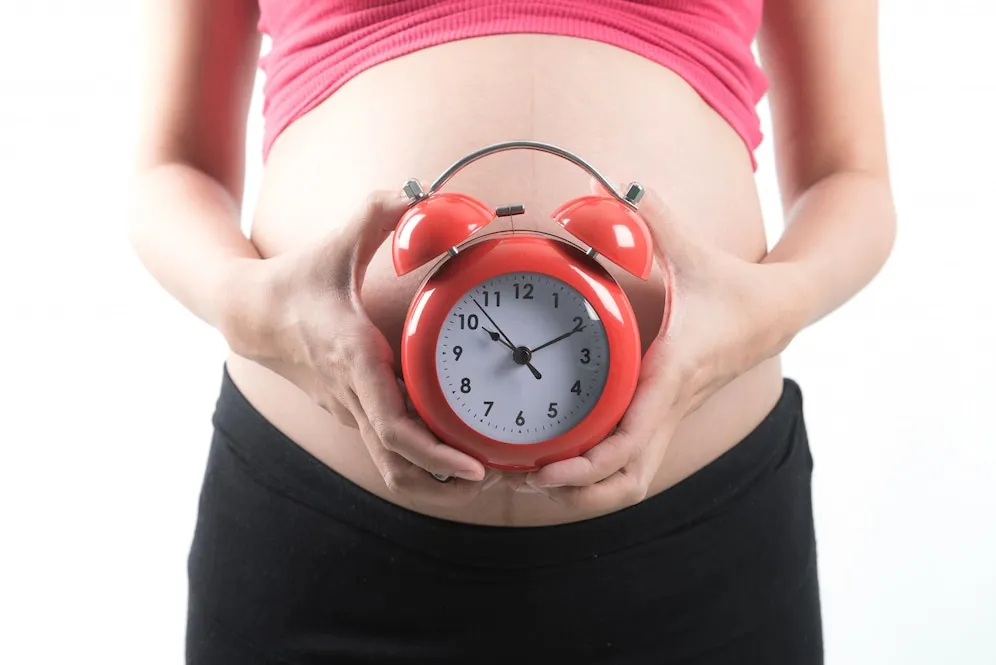
Whether you're experiencing the monthly cycle of menstruation, contemplating pregnancy, or already expecting, the changes in your body can be overwhelming, but they are also fascinating. In this guide, we will explore these phases in detail, offering insights into how your body transforms and how to support it through each stage. From your menstrual cycle to pregnancy, understanding these changes can help empower you with knowledge and ease any uncertainty.
Understanding Menstruation and Pregnancy: The Basics
Before diving into the deeper connection between periods and pregnancy, it's essential to first understand the basics of both processes. Menses are part of a woman’s reproductive cycle.
It typically occurs once a month and signals that a woman has not become pregnant during her previous cycle. The process involves the shedding of the uterine lining and the expulsion of an unfertilized egg, along with blood, through the vagina.
Pregnancy, on the other hand, occurs when a fertilized egg implants in the lining of the uterus and begins to grow. Pregnancy typically occurs after ovulation, when the egg is fertilized by sperm.
This means pregnancy and menstruation are part of a larger reproductive cycle and are inextricably linked to each other.
Early Pregnancy: Hormonal Shifts and Symptom Onset
The first few weeks of pregnancy are marked by significant hormonal fluctuations, primarily an increase in human chorionic gonadotropin (hCG), the hormone detected by pregnancy tests.
Alongside hCG, estrogen and progesterone levels rise to maintain the pregnancy. During this phase, women commonly experience morning sickness, fatigue, and changes in appetite.
Progesterone causes the digestive system to slow down, leading to nausea and vomiting in many cases. Additionally, the uterus begins to expand to accommodate the developing fetus, leading to mild cramping or bloating.
What Are the Risks of Bleeding During Pregnancy?
Heavy bleeding accompanied by intense cramping may be an indication of a miscarriage, which is the loss of pregnancy before the 20th week.
Miscarriages can happen for various reasons, including genetic abnormalities, hormonal imbalances, or issues with the uterus or cervix. If you experience heavy bleeding with or without pain, it’s crucial to contact your healthcare provider immediately.
An ectopic pregnancy occurs when the fertilized egg implants outside the uterus, often in a fallopian tube. This condition can cause bleeding and pain, and requires immediate medical attention as it can be life-threatening if left untreated.
Implantation Bleeding
One of the most common causes of bleeding in the early stages of pregnancy is implantation bleeding. This occurs when the fertilized egg attaches to the lining of the uterus, which can cause slight spotting or light bleeding.
Implantation bleeding typically happens about 6-12 days after conception, usually around the time a woman would expect her period. It is usually very light and may last for a few hours to a couple of days.
While implantation bleeding is generally harmless, it can be mistaken for an early period. Women who experience this light bleeding should look out for other signs of pregnancy, such as missed periods, nausea, or breast tenderness, which may help confirm the pregnancy.
How best adult diapers for postpartum plays a role in Menstruation and Pregnancy Symptoms?
The soft material and secure fit of postpartum adult diapers can be more comfortable than regular pads, especially during the early days when movement is limited or painful.
Postpartum women may experience perineal discomfort or stitches, so the best adult diapers for postpartum can offer extra protection to sensitive areas and reduce friction compared to other forms of sanitary protection like pads.
Nutrition and Physical Activity
Whether you are menstruating or pregnant, nutrition plays a key role in how your body handles the changes it undergoes. During menstruation, eating foods rich in iron, like spinach and red meat, can help combat iron loss from blood loss.
Incorporating omega-3 fatty acids, found in fish like salmon, can also reduce inflammation and improve overall mood. During pregnancy, a balanced diet is crucial for both the mother and the growing fetus.
Exercise remains important throughout your menstrual cycle and during pregnancy. Moderate physical activity, such as walking or swimming, can alleviate PMS symptoms and promote overall well-being.
During pregnancy, low-impact exercises such as prenatal yoga or pelvic floor exercises help strengthen the muscles needed for childbirth and recovery.
The Importance of Tracking Menstrual and Pregnancy Symptoms
Tracking your menstrual cycle and any early pregnancy symptoms can help women understand their reproductive health better. There are several tools available for tracking fertility, including fertility apps, basal body temperature tracking, and ovulation tests.
These methods can be invaluable for those trying to conceive or those simply seeking a deeper understanding of their reproductive cycles. In addition, being aware of early signs of pregnancy, such as missed periods, nausea, or a positive pregnancy test, can help women take the necessary steps early in the pregnancy to ensure optimal health.
Conclusion
Navigating the transitions from menstruation to pregnancy is a complex, yet fascinating experience. By understanding the changes that occur in your body, you are better equipped to care for yourself during each phase. From the hormonal fluctuations of the menstrual cycle to the physical and emotional changes of pregnancy, your body is constantly evolving. Embrace these changes with knowledge, support, and self-care to ensure a healthy, balanced journey.